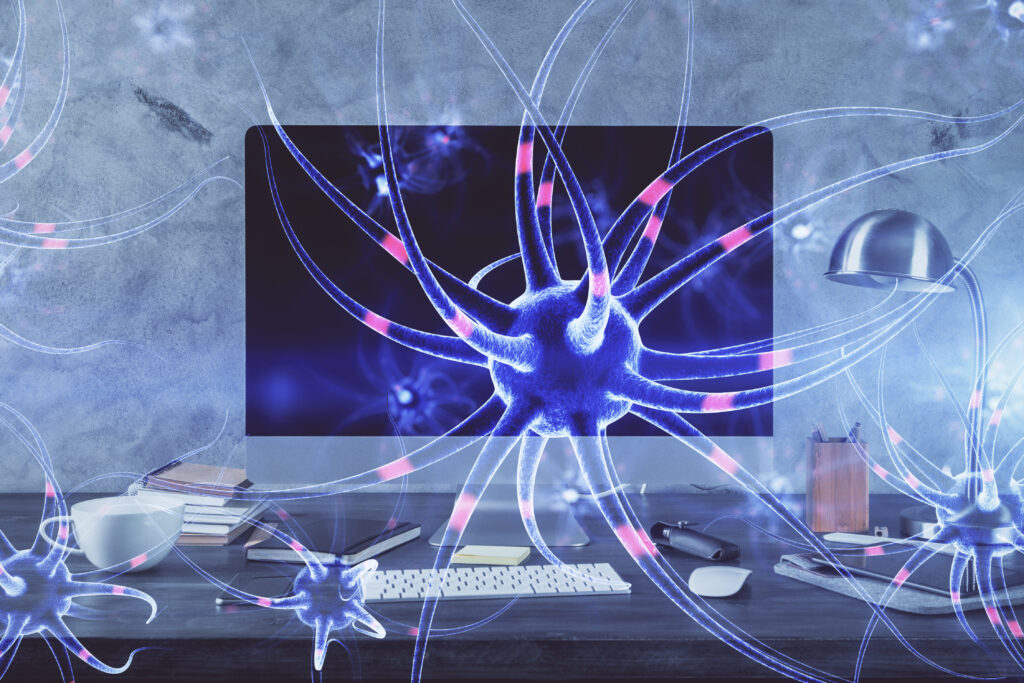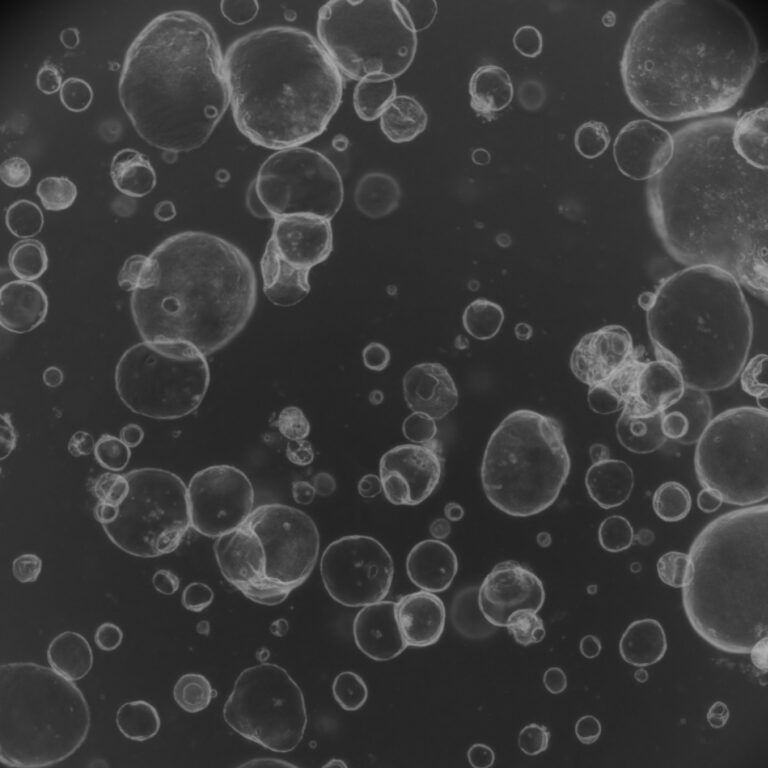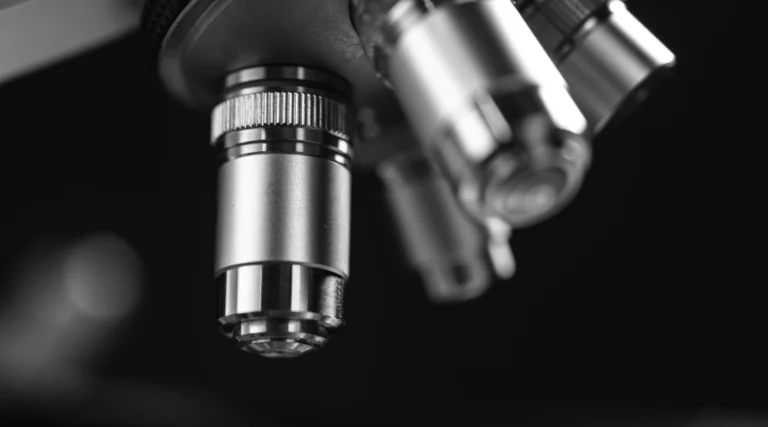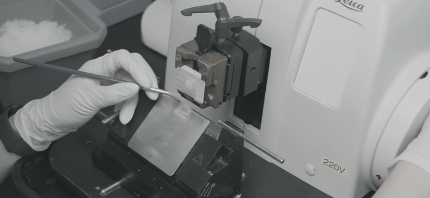In a modest laboratory near Lake Geneva, clusters of living human brain cells – that is, neural tissue grown in vitro – are being treated as computing substrates. As the Nature article reveals, these “blobs” of tissue (about the size of a grain of sand) are capable of receiving electrical stimuli and responding – much like a computer receives input and produces output.
The field, sometimes referred to as wetware or “biocomputers,” bridges biology, computation and culture. Research teams are growing human neurons on electrode arrays and experimenting with information‑processing tasks. The vision: to harness living neural networks as ultra‑energy‑efficient computing engines. According to Adam, these systems could one day rival supercomputers while requiring a sliver of the energy.

image: freepik
For the domain of art and culture, this convergence is especially rich. A living neural network becomes both material and collaborator: an artwork might translate the firing patterns of human neurons into visuals or sound, making the tissue itself part of the performative system. Not just metaphor, but literal responsiveness. At the same time, this challenges conventional categories: machine vs organism, art object vs living system, human vs hybrid. Yet the ethical aesthetic stakes are high. The Nature piece warns that though the systems are far from consciousness, hype around “brains in a jar” risks triggering regulation that could hamper broader neuroscience research.
Questions emerge: when does a cultured neural network become morally relevant? How do donor consent, ownership and display practices shift if the biological substrate is both research tool and art object? As biotechnology, art and culture intertwine, the use of human‑derived neural networks for computation and aesthetic expression offers a powerful discussion point for readers of human‑relevant in vitro models. It invites them to consider not just what we can do with biology, but how we want to frame it in society, ethics and culture.
Read more:
- The computers that run on human brain cells
- When Brain Organoids Shape Art: Neural Life as Co-Creator
- The Future of Organoid Research Just Got Standardized: What the NIH SOM Center Means for Your Lab


